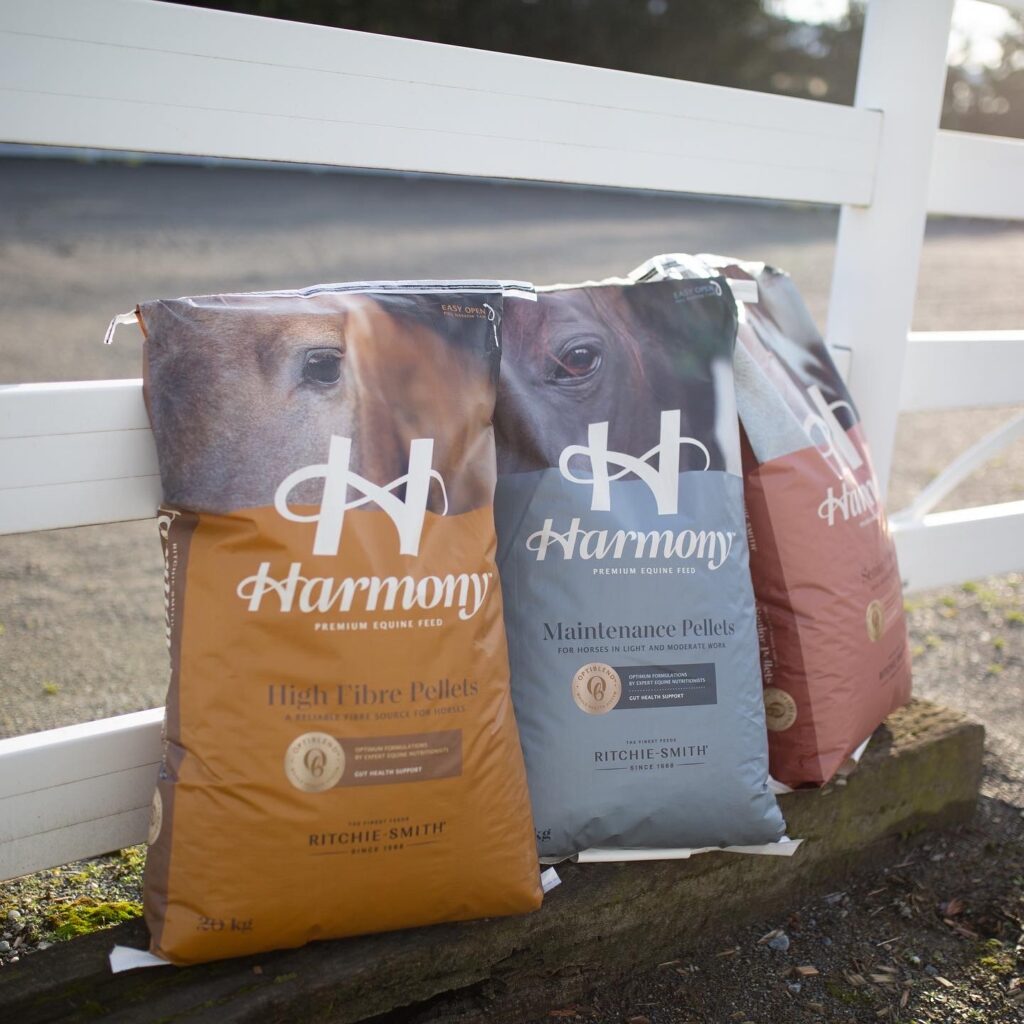
Article
Proper Feed Storage
While proper feed storage is important year-round, with the warm and humid days of summer arriving early it’s a great time to review good practices. Feed that is improperly stored can lead to spoilage and contamination, which means both wasted money and time on your part. Threats to Your Feed: With rising grain costs, feed is a big investment. […]
While proper feed storage is important year-round, with the warm and humid days of summer arriving early it’s a great time to review good practices. Feed that is improperly stored can lead to spoilage and contamination, which means both wasted money and time on your part.
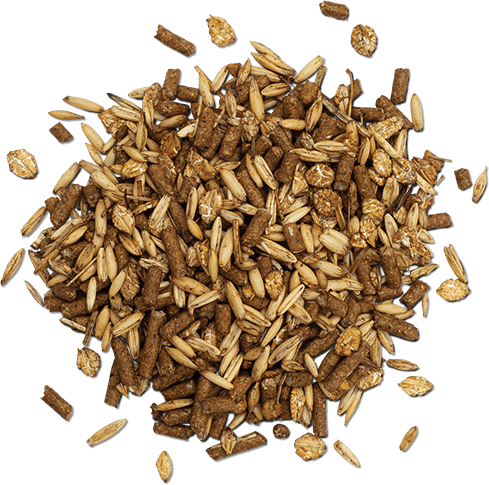
Threats to Your Feed:
- Heat
- Humidity
- Moisture
- Direct Light
- Poor ventilation
- Rodents
- Insects
With rising grain costs, feed is a big investment. So, knowing all these things can quickly cause damage to your feed supply, here are some tips on good storage practices to make sure your investment is protected.
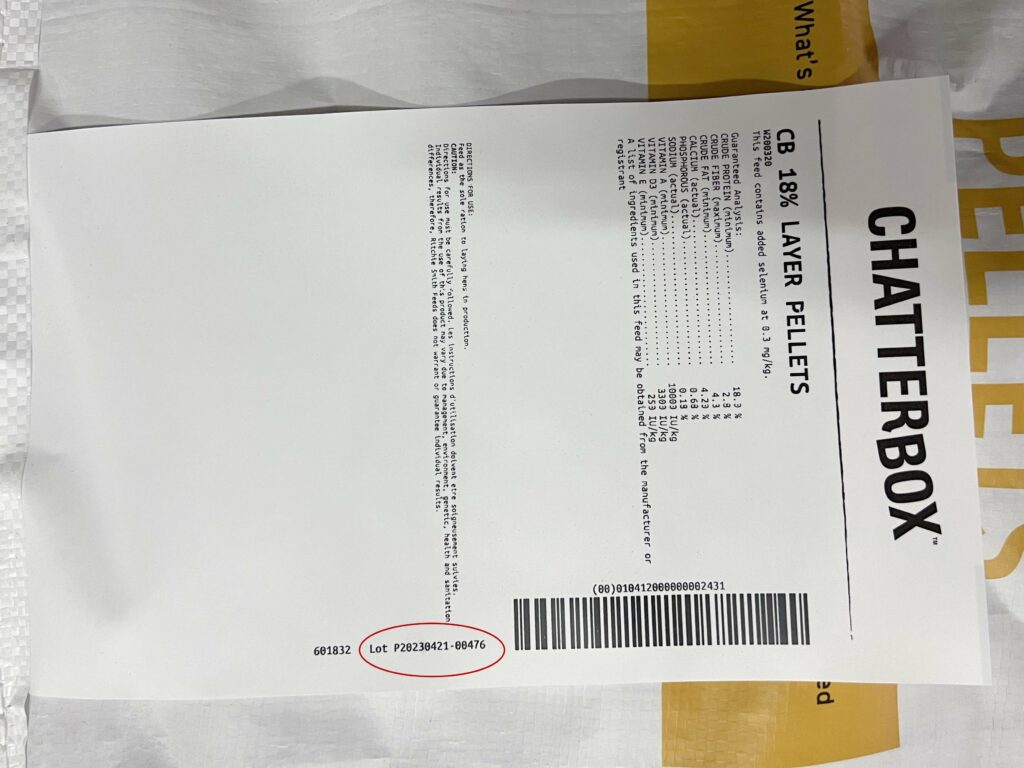
First Bagged – First Fed
Manage your feed correctly – all our lines of feed show their bagging date clearly along the edge of our tag. Find the number beginning with P…
Example: P20230421-00476 means the feed was bagged on April 21, 2023.
Check your dates on purchased bags and feed out to your animals oldest first. This is important both for freshness as well as nutrition! As feed ages the vitamins begin to break down and lose their efficacy. A fresher feed is a more nutritious feed! If your feed brand of choice does not show a bagging date we recommend feeding from earlier purchase date onwards.
Avoid the Stockpile
Don’t overbuy your feed. While it’s tempting to grab enough feed in one visit to save you a few future trips to the store, storing feed longer will increase chance of spoilage.
Even with good storage practices, feeds with added molasses like COB and Sweet Feed are likely to spoil sooner than a dry feed like a Poultry Crumble, so considering purchase frequency on these is especially important.
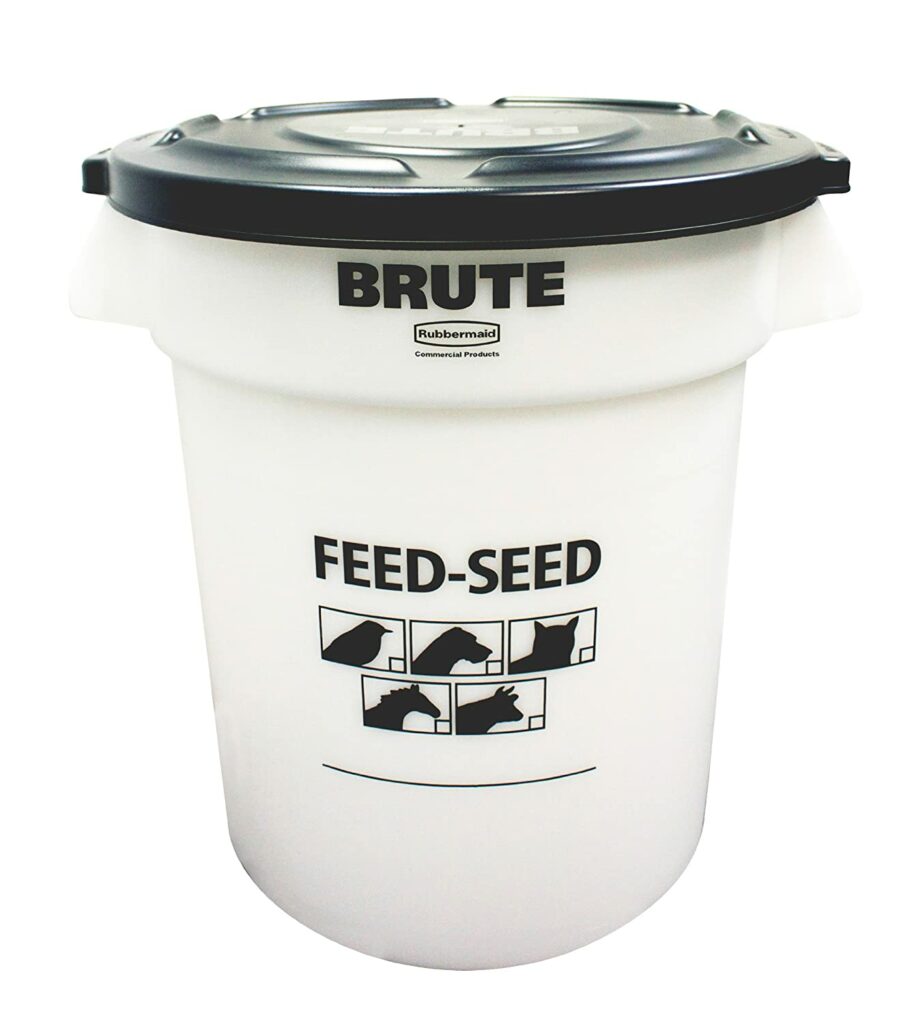
Sealed for Freshness
Don’t open your bags and leave them sitting as is in your barn. An open bag can lead to spillage, contamination by rodents, and exposure to elements.
A waterproof container with a sealing lid is highly recommended for feed storage. This will also keep the feed safe from humidity in the air that can be absorbed into the grain and lead to spoilage. Example: Brute Feed & Seed Bin by Rubbermaid.
Remember to clean containers out completely before adding new feed.
Cool & Dry
Don’t store feed in areas where they may be exposed to rain, or direct light. Even when the outside temperature and humidity are both low, sun shining directly on a bag or your storage container can cause condensation that creates a perfect breeding ground for bacteria and mycotoxins. Remember: A cool room in your barn can still have moisture in the concrete that can wick into a bag and lead to mold.
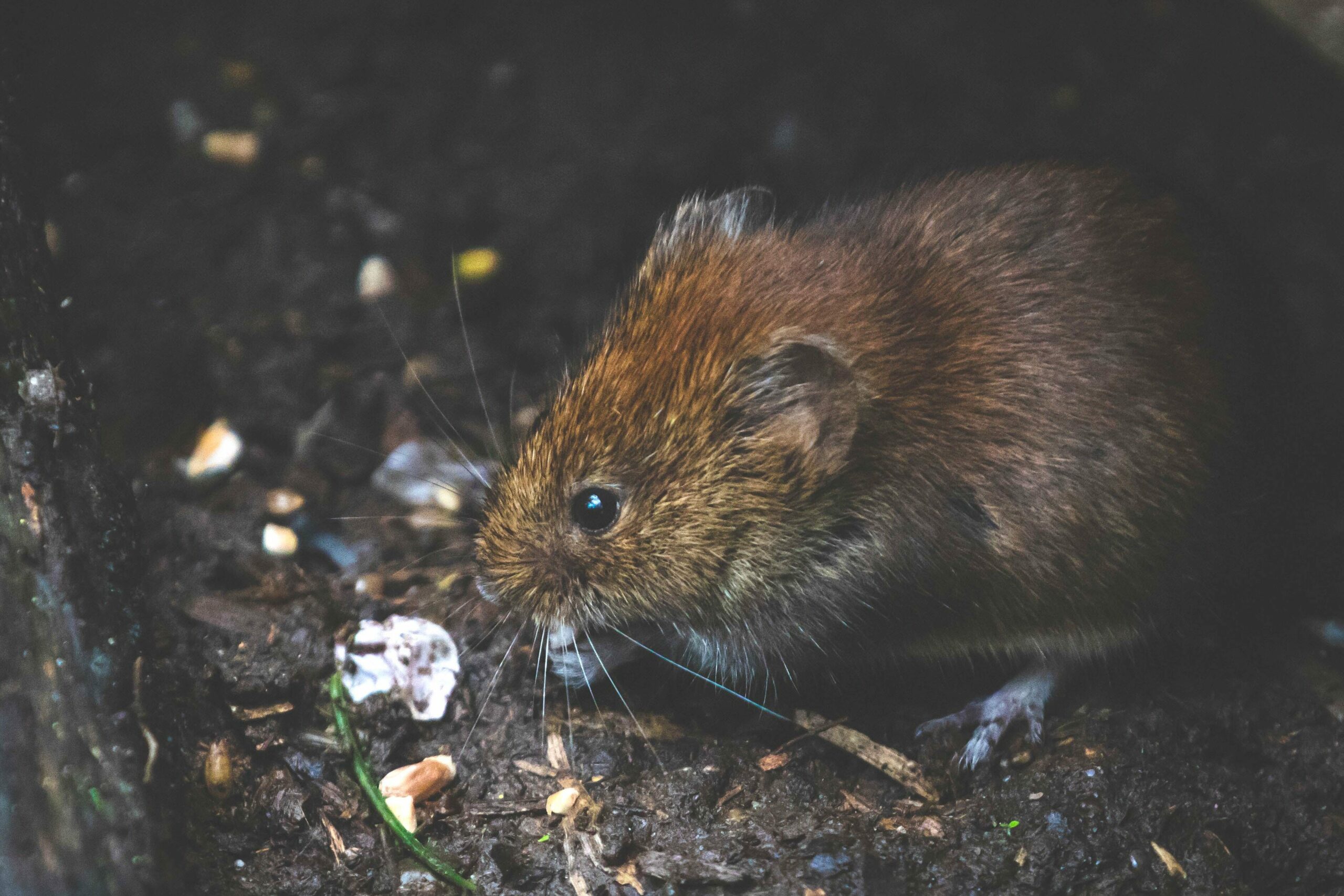
Safe & Secured
Even a sealing feed bin or garbage can be broken into by a crafty animal. Keep your feed container somewhere secure so your animals (and wild visitors) can’t help themselves.
Once rodents and other furry visitors have found a food source in your barn it will encourage frequent visits as well as nesting.
Follow us on social media for more great content.
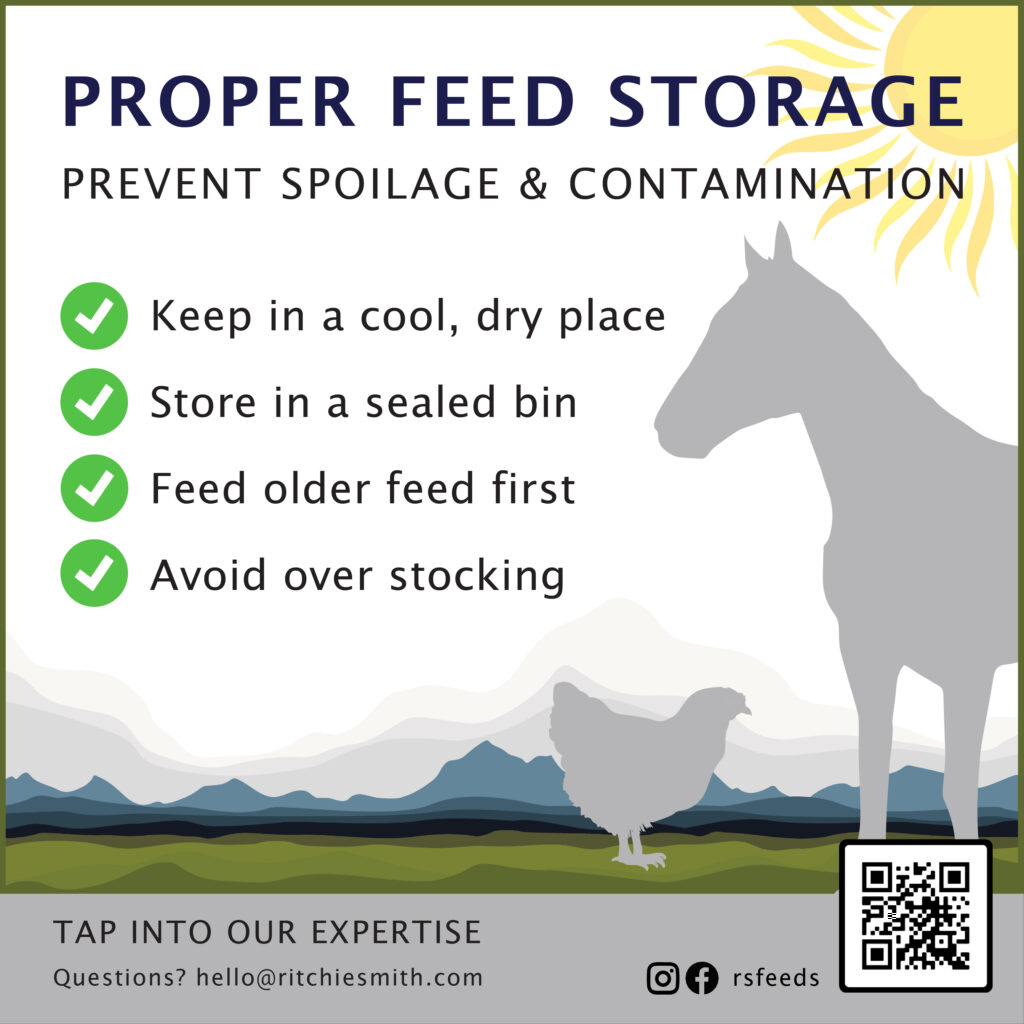

Have a Specific Question?
Our dedicated team of expert nutritionists are here to help. Send us your questions.
Ask Our Experts




 Premium Poultry Feed
Premium Poultry Feed
 Premium Equine Feed
Premium Equine Feed
